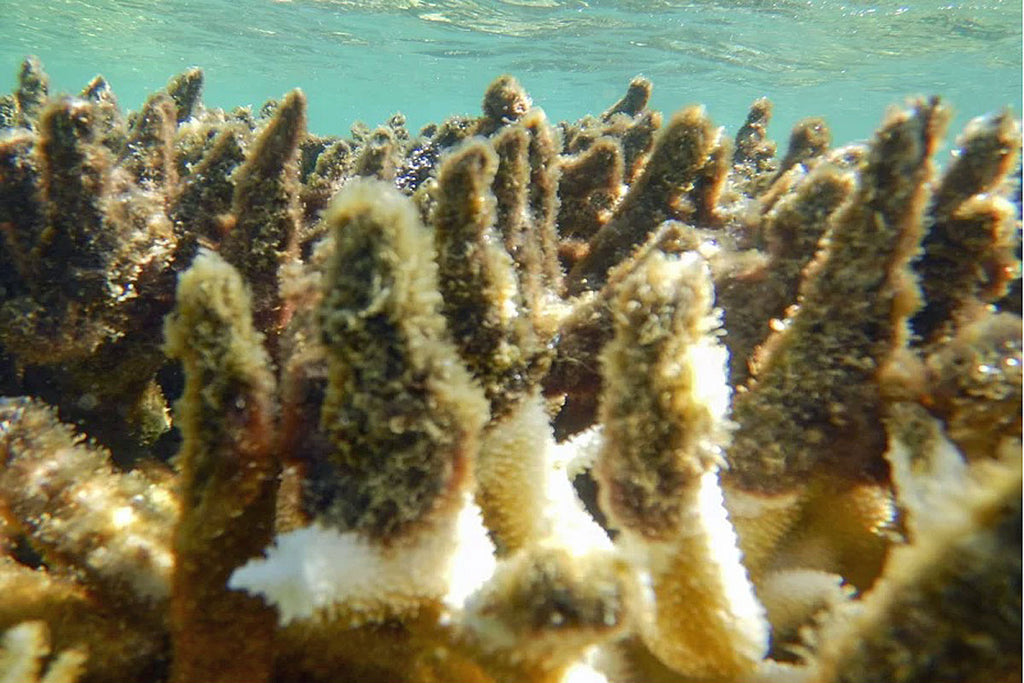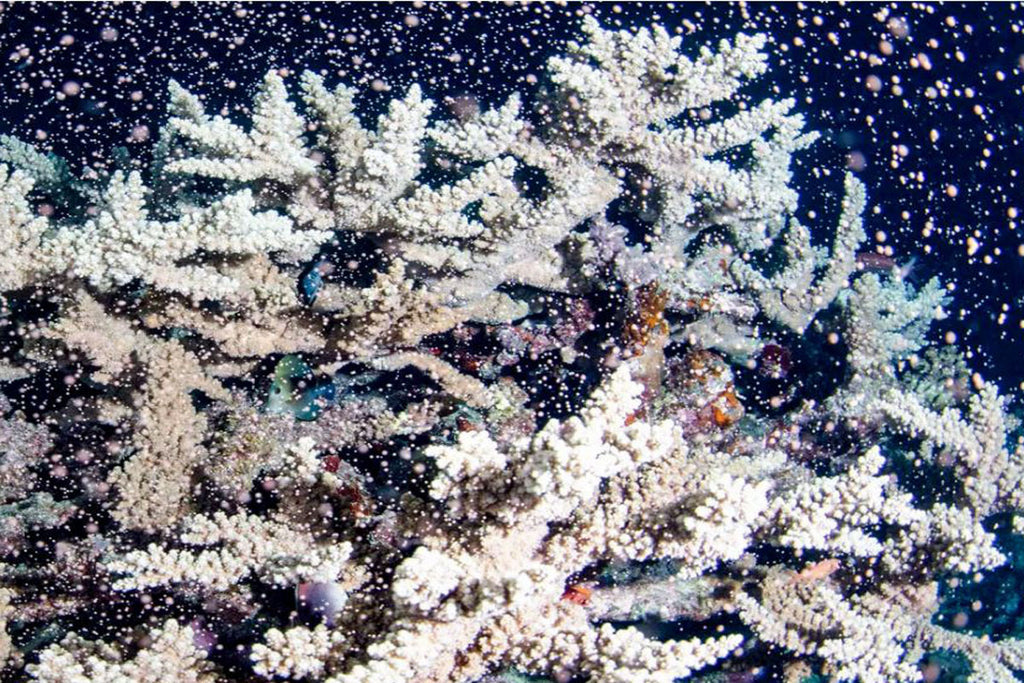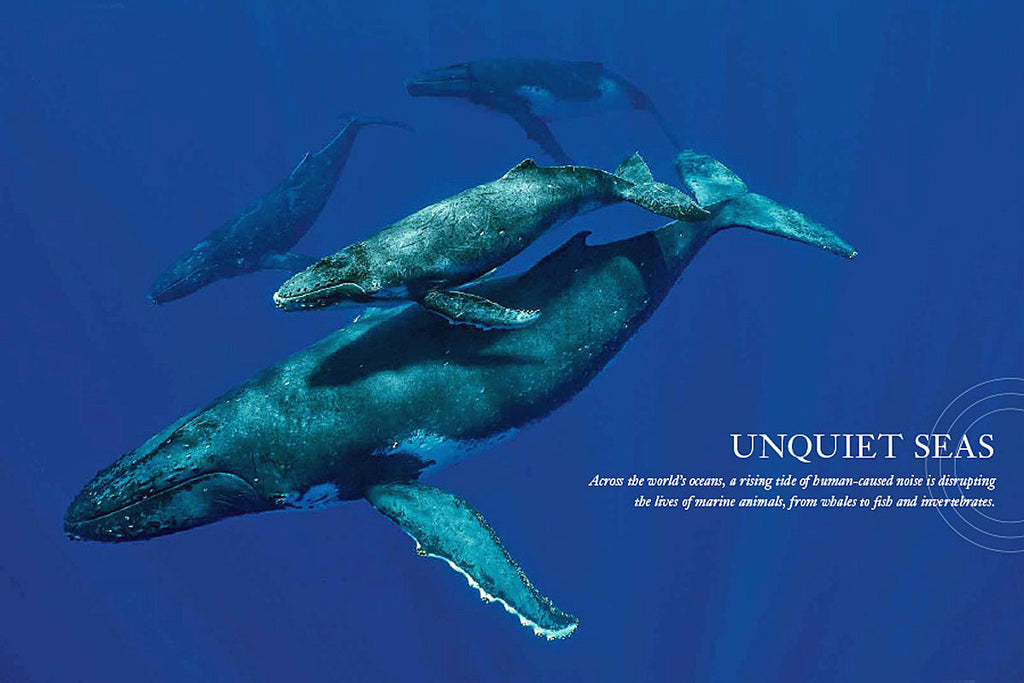What is an ocean Dead zone?
- News
- 03 Aug, 2021
"Dead zone" is a more common term for hypoxia, which refers to a reduced level of oxygen in the water.
At 6,334 square miles, the 2021 hypoxic zone in the Gulf of Mexico is the 16th largest ever measured in the 35-year record, measured from July 25 to August 1. Red area denotes 2 milligrams per liter of oxygen or lower, the level which is considered hypoxic, at the bottom of the seafloor. (Bottom panel) Long-term measured size of the hypoxic zone (green bars) measured during the ship surveys since 1985, including the target goal established by the Mississippi River/Gulf of Mexico Watershed Nutrient Task Force and the 5-year average measured size (black dashed lines). Graphic credit: Louisiana Universities Marine Consortium
Less oxygen dissolved in the water is often referred to as a “dead zone” because most marine life either dies, or, if they are mobile such as fish, leave the area. Habitats that would normally be teeming with life become, essentially, biological deserts.
Hypoxic zones can occur naturally, but scientists are concerned about the areas created or enhanced by human activity. There are many physical, chemical, and biological factors that combine to create dead zones, but nutrient pollution is the primary cause of those zones created by humans. Excess nutrients that run off land or are piped as wastewater into rivers and coasts can stimulate an overgrowth of algae, which then sinks and decomposes in the water. The decomposition process consumes oxygen and depletes the supply available to healthy marine life.
Dead zones occur in coastal areas around the nation and in the Great Lakes — no part of the country or the world is immune. The second largest dead zone in the world is located in the U.S., in the northern Gulf of Mexico.







